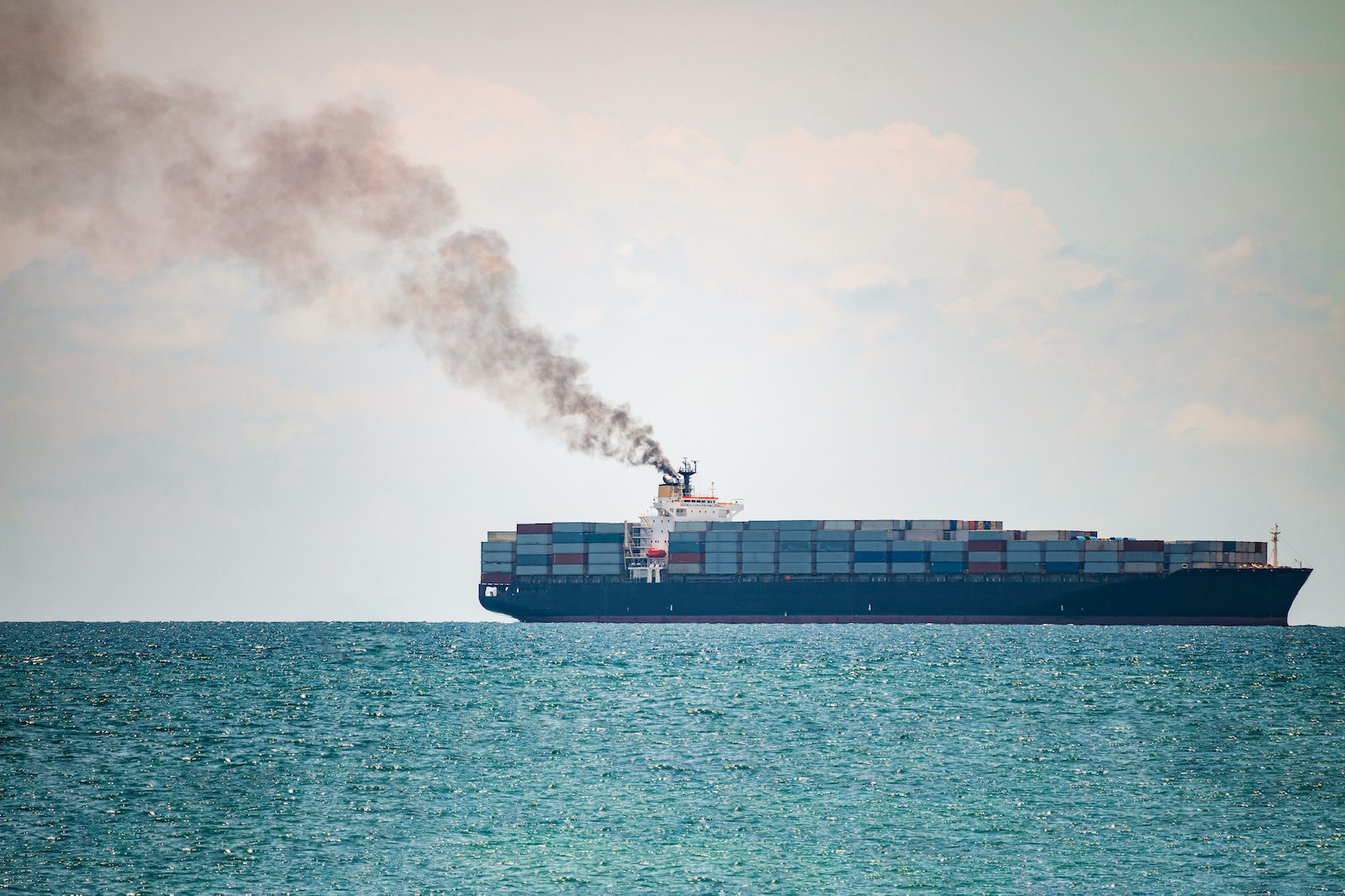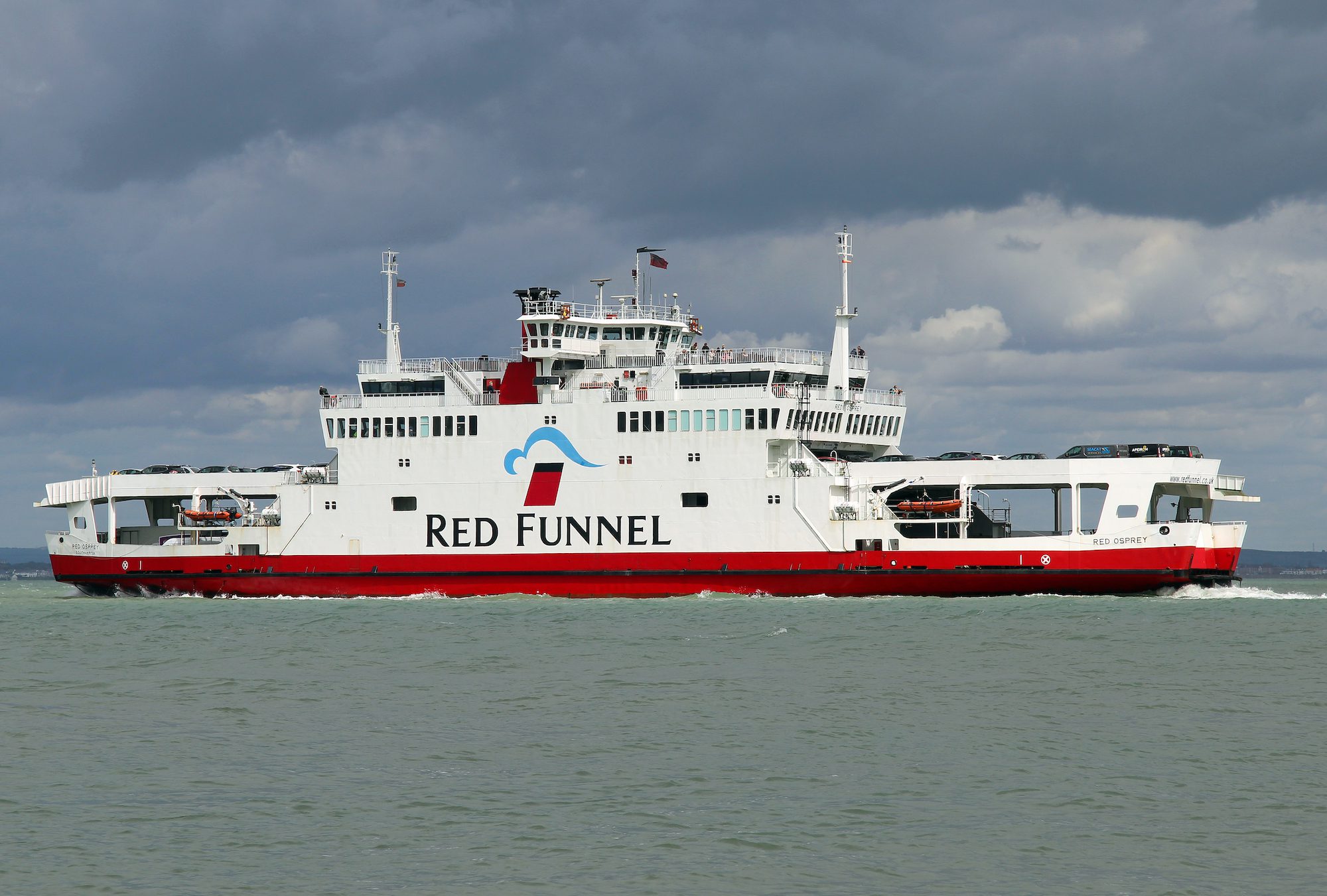The shipping industry is turning its attention to green and blue alternatives in order to meet the International Maritime Organization’s (IMO) targets for the use of zero or near-zero fuels by 2030, according to BIMCO.
While sustainable biofuels can fulfill the IMO targets, competition from various sectors has led to a shift in focus.
According to BIMCO, only 1% of bulk, container, and tankers are currently equipped to use alternative fuels, accounting for 2% of the fleet’s deadweight capacity. However, efforts are being made to increase this percentage. Another 1% of ships and 4% of deadweight capacity are being prepared for alternative fuels, allowing for easier retrofitting.
The IMO aims for near-zero greenhouse gas emission fuels to make up at least 5% of the energy used by the shipping industry in 2030, with a goal of reaching 10%. With 29% of ships and 42% of deadweight capacity in shipping’s orderbook expected to be delivered prepared or readied for alternative fuels, significant progress is being made, according to BIMCO. By 2028, when all the ships in the orderbook have been delivered, 4% of the fleet’s deadweight capacity will be ready to burn alternative fuels, and an additional 4% will be prepared for retrofit.
Container Sector Leading
As older ships using bunker fuel are recycled at a rate of 1-2% per year, the share of the fleet’s deadweight capacity prepared or readied for alternative fuels is expected to increase by the 2030 deadline. The container sector is projected to have the highest share of alternative fuel use, with at least 23% of the container fleet’s deadweight capacity being readied or prepared for alternative fuels once the orderbook is delivered. The tanker fleet is expected to reach at least 7%, while the bulker fleet will reach at least 4%.
While liquefied natural gas (LNG) has been the most popular alternative fuel in shipping so far, methanol and ammonia are gaining popularity. The availability of sufficient green and blue fuels for shipping in 2030 has been a question, but with the call for a tripling of renewable energy capacity by 2030, it is becoming more likely that the industry will be able to meet the targets set by the IMO, even without relying heavily on biofuels.
Unlock Exclusive Insights Today!
Join the gCaptain Club for curated content, insider opinions, and vibrant community discussions.

 Join The Club
Join The Club













